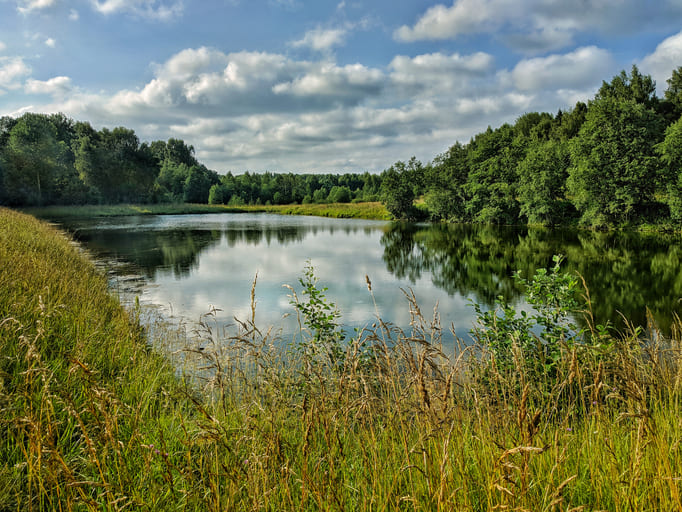Climate change and its effects on the ecosystem is a worldwide crisis that cannot be ignored. It has affected agricultural practices in all dimensions, from farming to animal layering. Water is among the natural components being affected due to global climate change. While great attention has been given to the impacts of climate change on large water bodies, including rivers and oceans, small ecosystems like garden ponds should not be forgotten. These smaller water bodies provide habitat for different species. This article will describe how climate change disrupts small ponds and their inhabitants.
Temperature Fluctuations
Climate change increases the temperatures, and small ponds are not immune to the trend. High temperatures increase heat levels in ponds, which can even make them dry. This means the delicate ecosystem within these ponds is endangered. High water temperatures can also disrupt aquatic animals’ life cycles, change algae growth patterns, and lead to the death of fish and other water organisms that cannot withstand the heat. Since small water bodies warm up and cool quickly, climate change causes stress to water animals.
Water Quality
Climate change has been the cause of hazardous chemicals in water bodies, whether large or small. Excessive use of chemicals in agriculture and industries increases the amount of chemicals entering small ponds. Research has proven that climate change has increased the amount of phosphorous entering waterways, which can be harmful to aquatic organisms if not minimized. To maintain water quality, small pond farmers must emphasize on phosphate removal to achieve legal water standards and protect the lives of aquatic organisms. Although these organisms need those chemicals, excess phosphorous and carbon dioxide nutrients lead to the overgrowth of algae and reduce ecosystem health.
Changes Precipitation
The current heavy rainfalls and prolonged drought in different regions of the world result from changed precipitation patterns due to climate change. Intense rainfalls and prolonged droughts pose significant threats to small ponds. Extended droughts shrink ponds and reduce water amounts, displacing organisms that rely on these habitats. On the other hand, heavy rainfall causes erosion and carries excess nutrients and pollutants from the surroundings into the pond. These excess nutrients can deplete water oxygen and cause the death of organisms living in those ponds.
Biodiversity Loss
The alterations induced by climate change in small ponds lead to biodiversity loss. When there is no diversity, there is no balance, and this means the maintenance level is high. Changes in water quality, temperature, and availability affect the delicate balance that water plants, fish, frogs, amphibians, and other water animal species require to survive. As a result, reduced amphibians affect the large food web, impacting the whole ecological functioning of the ecosystem. Climate change makes pond waters warm, which reduces diversity and increases undesired and invasive species due to lower dissolved oxygen levels. For small pond owners, this means they can lose their source of livelihood as the habitat for their fish and other water species is invaded.
In conclusion, climate change has affected all aspects of life. It is a global crisis that requires all governments and individuals from all industries to join hands in dealing with it. While the focus has been on the large water bodies, small water bodies should also be considered as the lives that depend on them are also affected.



































